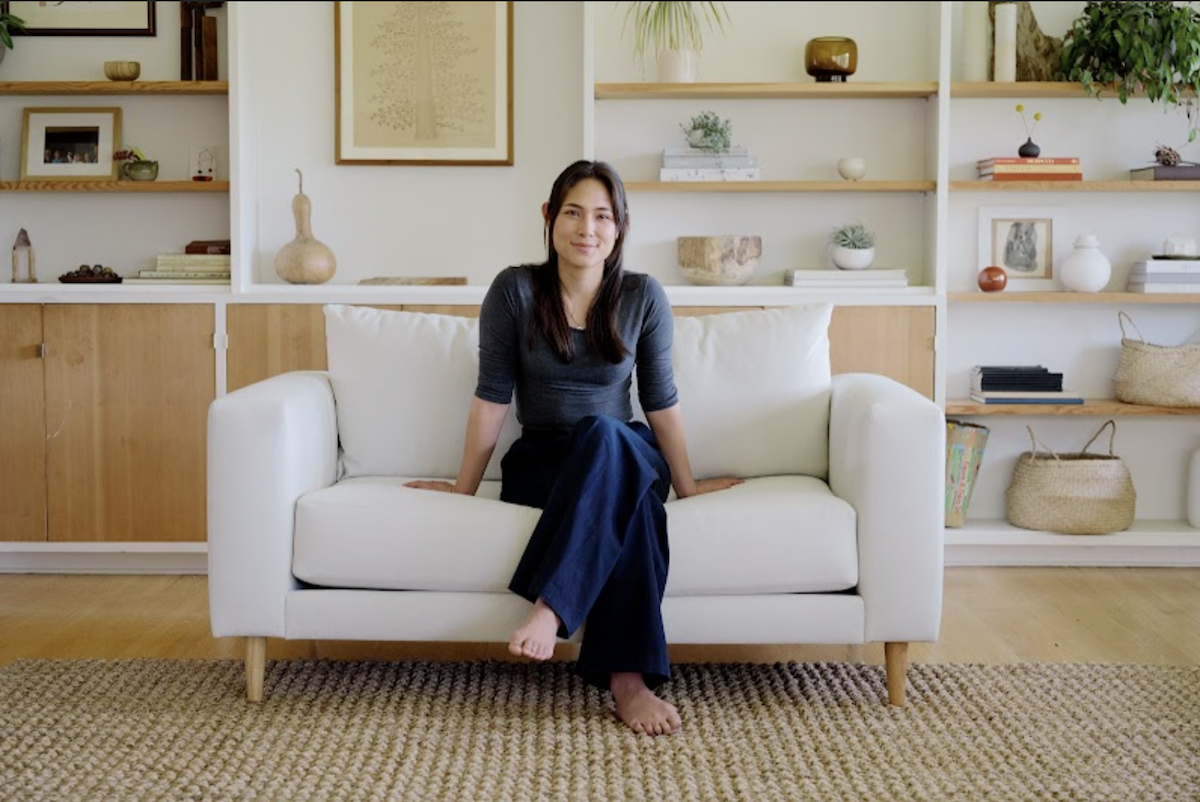A sofa is one of the biggest investment pieces for your space, and while it’s paramount to get the style just right, a lot of us are left worrying about the environmental impact of such a large-scale item — not to mention the presence of harmful components like formaldehyde found in some furniture. Luckily, Sabai makes it easy to find the perfect piece and rest easy. From its USA-crafted products to earth-friendly materials, the company is committed to making better furniture for consumers and the planet. That’s something we can easily get behind.
We spoke with Sabai co-founder Phantila Phataraprasit to find out more about the company, her tips to make our homes more sustainable, and exactly which Sabai colorway is on her radar (hint: it’s not beige!). Given Sabai’s innovative — and much needed — approach to home furniture, it’s no surprise that Phantila was named one of the Inc. Female Founders 100 (alongside our very own Havenly CEO, Lee Mayer!).
Passing the mic to Phantila here…
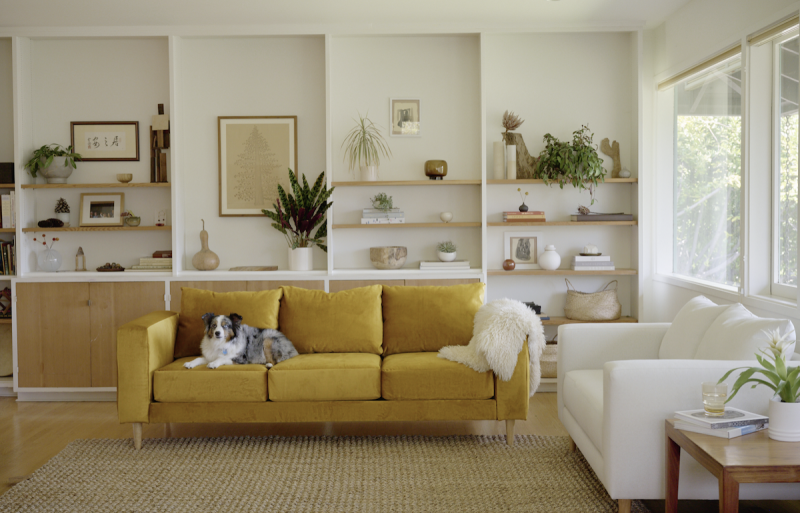
We’re big fans of Sabai (obviously), but tell us why your brand is such a revolutionary new player in the furniture industry?
Sabai’s mission is to make sustainable living accessible and reduce the impact of the furniture industry. We know that so many people care about the impact they have through their purchases, and want to allow those people to be able to live sustainably. Most sustainable furniture pieces are very expensive and therefore, not accessible to the general public. In our minds, everyone should be able to have nontoxic pieces in their homes that have a minimal environmental impact.
Secondly, most furniture companies with sustainability programs fail to focus on a major issue: the end of life of their products. What happens when customers stain, break, or no longer want their furniture? It goes to our landfills, over 9 million tons annually to be exact. For this reason, we are taking responsibility for the end of life of our products through the Sabai Standard — and we were the first furniture company in the US to do so.
The Sabai Standard breaks down into two parts:
- Repair Don’t Replace – we’re giving our customers the right to repair their furniture by selling replaceable parts & slipcovers. A stain, old cushion, or broken leg – no longer pose a death threat to your furniture.
- Sabai Revive – if customers no longer want their Sabai pieces – we’ll buy them back for up to 20% of the resale price and either re-sell or donate them.
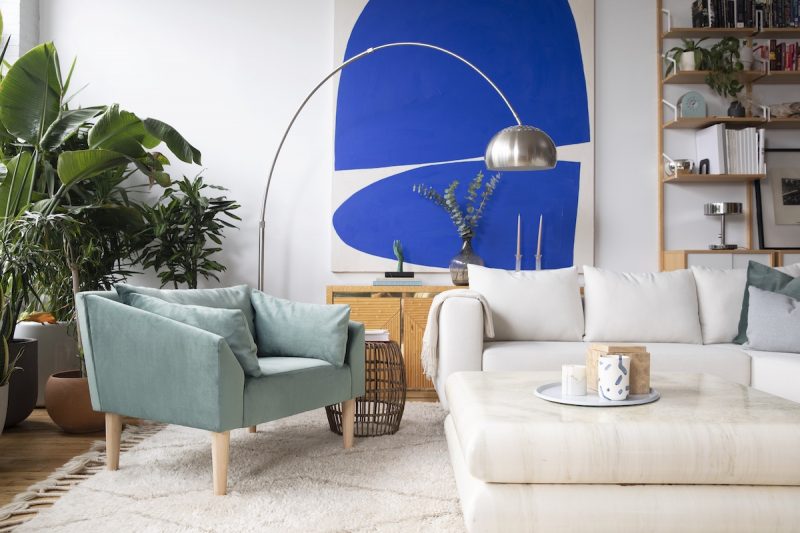
For people looking to make their homes more sustainable, what’s the best way to start?
There are so many incredible ways to make your home more sustainable. I think the best way to start is by looking at your own habits, since everyone lives differently, and take note of where you are creating the most waste, using the most plastic, replacing things frequently, etc. It can be overwhelming to try to be completely plastic free or zero waste at once, which sometimes causes people to give up. For me, I noticed that my roommate and I used a lot of paper towels in the kitchen and for cleaning in general, so we switched to cellulose sponge cloths, which have been amazing.
Some other ideas!
- Decorate with products that are secondhand or from sustainable & nontoxic brands.
- Save energy in every way you can: LED bulbs, turn off the lights, unplug ghost electronics, try to join a clean energy program – you can do this in many cities now through your power provider.
- Compost & generally reduce food waste.
- Use nontoxic or homemade cleaning solutions for detergents, counter sprays, etc.
- Hang dry your laundry or use dryer balls to reduce drying time and save energy.
- Soap and shampoo bars reduce the use of single-use plastic containers.
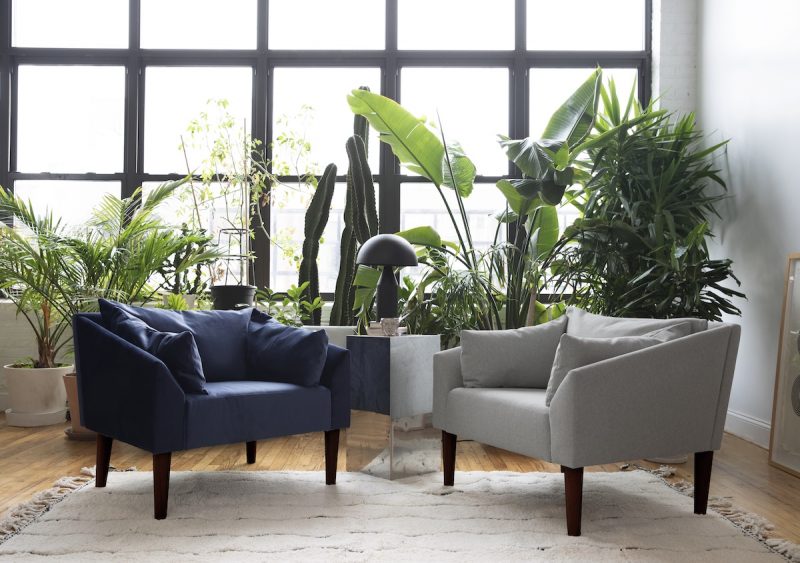
Where do you go for inspiration when you're stuck?
I love to look at nature & vintage designs when I’m looking for inspiration. Specifically with nature, you can witness beautifully complex systems that are often very efficient. Not to mention, so many elements of nature consist of beautiful designs.
I personally love to collect vintage pieces from art to furniture to decorate my home. I also look to support many artisans for unique pieces from various cultures.
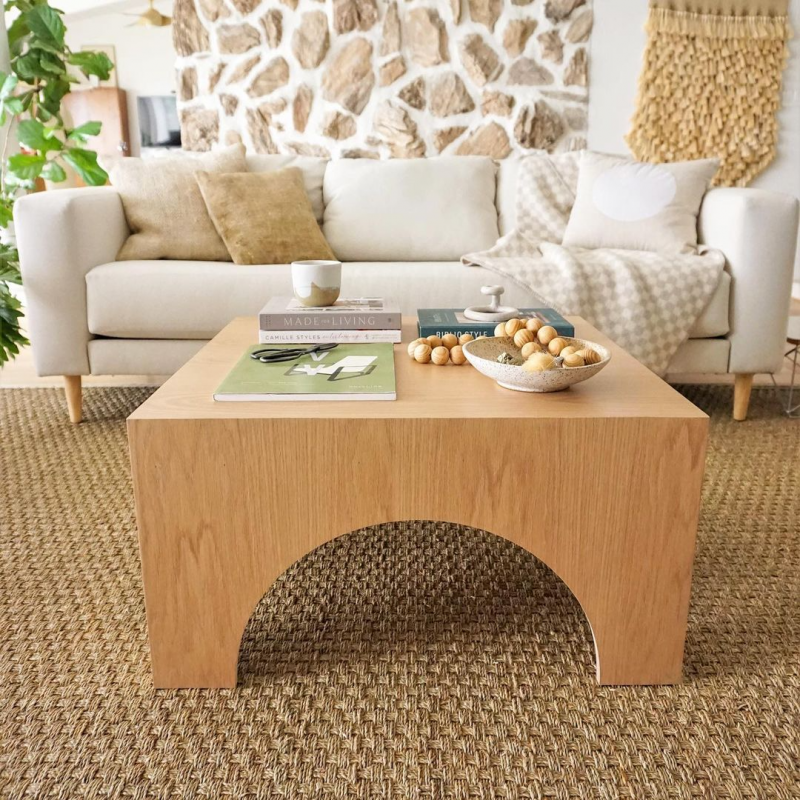
What is one item in your own home that you think everyone should have?
Coasters! They can function both as decoration and protection. They shield your furniture from damage, which extends the lifespan of your pieces and ultimately reduces waste.
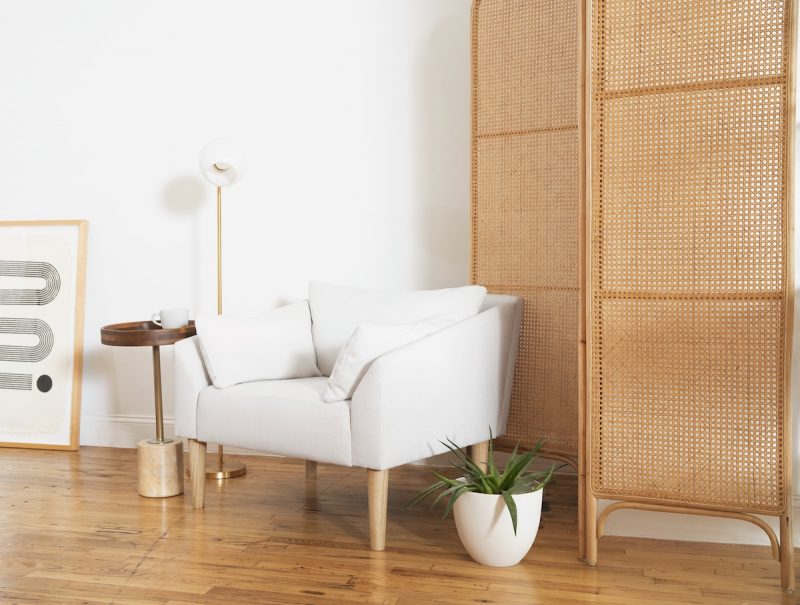
Which Sabai fabric/color do you personally love most? Why?
This is a tough one — I love them all for different reasons. However, I’m currently a big fan of a color that we actually haven’t launched yet! It’s an earthy, rusty color that I think is really cozy, a little moody, and natural feeling at the same time. Stay tuned!
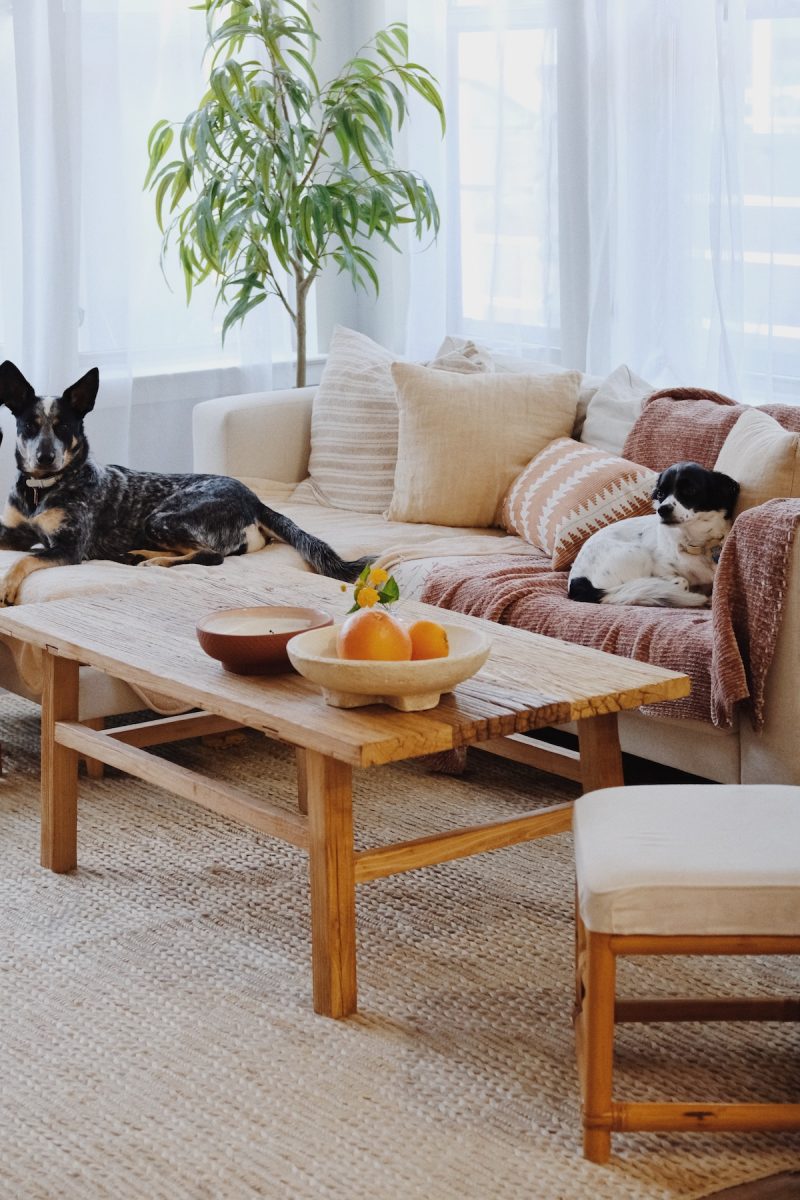
What room in your house is your favorite? Why?
My living room – it’s filled with pieces I’ve collected from various parts of the world. It’s so fun to look back at each piece and remember where and when I got it.
I also enjoy this room as it challenges me. My Sabai sofa is in it. I love it and it reminds me of what’s been accomplished, but also of all there is to do still. It literally comforts me but figuratively is a reminder of the next project, mission, etc. that we at Sabai want to accomplish.
What is your favorite thing to do after a long work day?
I’m a big fan of tea. I drink it pretty much all day – green or white tea in the morning/throughout the day and then ginger or peppermint tea in the evening. After a long work day I like to make myself a hot cup of tea and sit on my Sabai 🙂 sofa and relax.
What is something you’re excited about right now?
We just launched our first chair, which was our most requested additional product from customers. We’ve been working on it for over a year now and I’m so excited to see it in our customers’ homes. It’s an upholstered piece with really fluffy pillows — we wanted to create a piece that you would want to nestle in and read a book.
Dreaming into the future, what is the legacy you hope to share with the world?
As a small business owner, I recognize that our impact on the world is rather small compared to large organizations or governments. For this reason, I hope to inspire sustainable collective action in larger corporations, individuals, and governments by setting new industry standards. I hope our actions at Sabai will ripple through industries and challenge others to have a positive impact on our planet and people.

